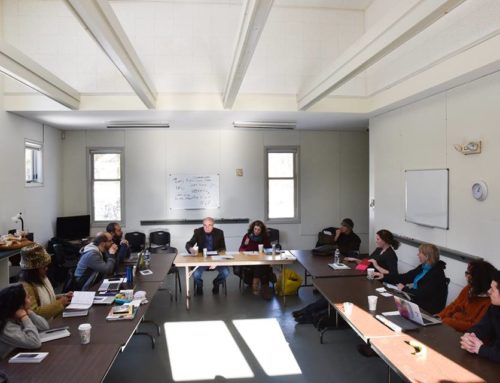My last two blog posts have attempted to lay out a recent day-long script consulting experience I had with a client where we worked through his story scene by scene and engineered a solid structural framework. Here’s how the session concluded:
By the end of the day (actually it was relatively late that night), we were exhausted, but we had on the table four dozen cards divided into three distinct acts that represented a definite structural roadmap for a story that excited us. We sensed that the script based on this outline would really deliver the goods and make the kind of statement that the writer wanted to make.
Throughout the day I served as a guide for my client as he reinvented his tale. We talked at length about the principle characters and their backstories. We worked through subplots and how they connected with the central story. We made sure the opening sequence of scenes really hooked you in. We experimented with surprises and reversals unique to the tale we were telling. And on and on. But my primary contribution was to keep the focus on the central character, his need, the obstacles that he encounters, the intensifying struggle to overcome them, and the final blow out where the central figure one way or another resolves his dilemma.
As you can see on this blog’s list of past posts, I’ve written quite a bit about these basic tenets. In this specific consulting job, my role was pretty clearly defined: To enter into the writer’s creative process, supply the structural focus needed, and then hand the project (the completed card exercise in this case) back to him so he could go off and write a new draft that would kick ass.
Needless to say, not all consulting stints work like this. Every project is unique and has its own challenges. And although you can purchase computer programs that make an effort to guide you solo through aspects of this kind of story structure work, what programs can’t replace is the spirit of collaboration and creative give and take that occurs when a writer allows someone like myself to join them inside his or her story world for a time. That’s what can make this work so productive and rewarding.
I decided to share this experience in large measure to communicate the degree to which I enjoy entering into a client’s writing process as a temporary collaborator and help him or her find the inner motor and the true heart and soul of their tale. For me, there’s nothing quite like helping a writer put together their script in such a way that it tells the story they want to tell and that keeps the reader compelled to keep turning the pages till there are no more pages to turn. I guess that’s why I’ve been doing this for over thirty years.






Leave A Comment